Little is known of the Elamite pantheon, except to say that the Elamites, in their many excursions into Sumer, were very fond of carrying off huge Sumerian statues of their gods, and installing them in Susa.
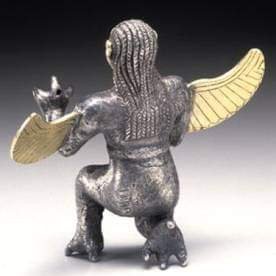
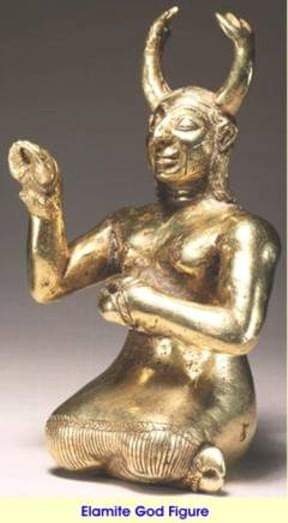
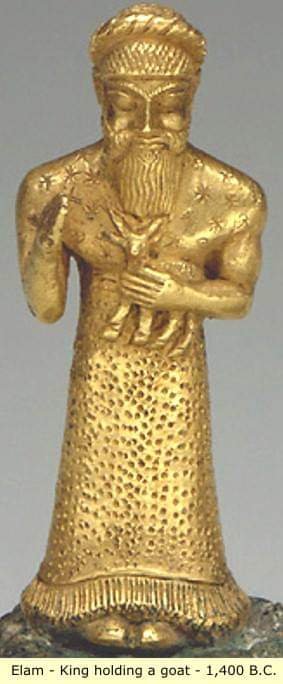
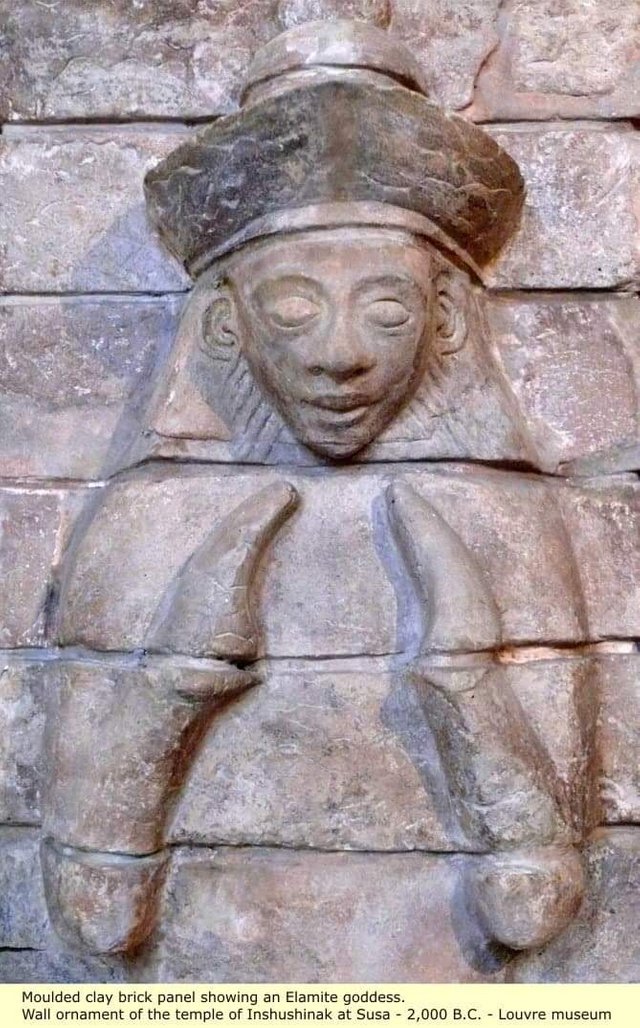
Little is known of the Elamite pantheon, except to say that the Elamites, in their many excursions into Sumer, were very fond of carrying off huge Sumerian statues of their gods, and installing them in Susa.
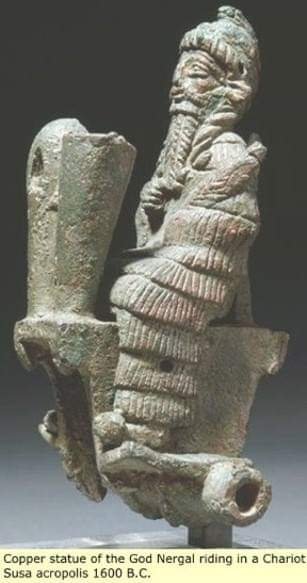
Consequently, perhaps the best way to think of the Elamites and their cities, is simply as an extension of Sumer and its cities. The two countries were culturally pretty much the same, and the people were ethnically the same - as attested to by later Assyrian relief's of the two peoples, in appearance and dress, they are indistinguishable one from the other.
Politically, Elam was closely involved with Sumer, Akkad, and Assyria, sometimes through peaceful trade, more often through war. In like manner, Elam was often a participant in the events of the Iranian Plateau. These involvements were related to the combined need of all the lowland civilizations to control the warlike peoples to the east, and to exploit the economic resources of the plateau.
The earliest kings in the Old Elamite period, may date to approximately 3,000 B.C. Already conflict with Sumer, especially with the city of Ur, was characteristic of Elamite history. In one case, according to the Sumerian King list, “Sumerian king Enmenbaragesi, made Elam submit”. The early Susa rulers were succeeded by the Awan (Shustar) dynasty. An early king of this dynasty, returned the favor to Sumer, he attacked and defeated Ur, and Elam ruled Sumer for the next 350 years.